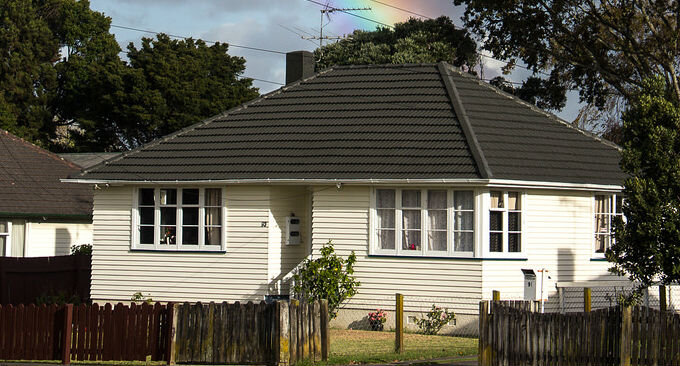Outdated Tenancy Laws Increase Risks for Children in Poverty
Childhood illnesses, transience and a disastrous rate of homelessness in New Zealand evidenced by the Government's Stocktake on Housing report are attributable to a desperate lack of housing required to meet the needs of a growing population, says Child Poverty Action Group (CPAG).
Between 2016 and 2017 New Zealand’s net population increase from immigration was over 70,000 with the largest growth concentrated in Auckland.
“Population growth is healthy and expected, but we just aren’t building homes fast enough, and existing housing is becoming more unaffordable due to demand,” says Associate Professor Mike O’Brien, CPAG social security and child welfare spokesperson.
“Affordable first homes are virtually non-existent for our young people and families, while rents have soared, with competition for rental housing pushing families on the lowest of incomes into the arms of emergency housing. Last year the Ministry of Social Development reported a huge increase in emergency housing grants.”
The “Priority A” social waiting housing list - being those considered to have “severe and persistent need that must be addressed immediately” - has more than doubled in number since 2015 - from 2100 in December 2015 to 4500 to December 2017.
“More and more families face the prospect of homelessness as a stress of everyday life,” says O’Brien.
“Living in rental housing permanently is a reality for many families in New Zealand, yet out-dated rental policy does not currently reflect this. We have a lack of regulations around quality, cost and tenure. Tenants with children are often forced to take on periodic leases which do not assure them of any minimum length of tenure, and are subjected to frequent evictions.”
“Spending upwards of $50 million on motel accommodation for families as transitional housing is not the answer; this provides temporary shelter, but some places may be unsafe for children,” says Professor Innes Asher, paediatrician and CPAG health spokesperson.
Many of the illnesses children are admitted to hospital with are caused by poor housing conditions, as dampness, cold and mould exacerbates respiratory illnesses, and overcrowding causes rapid transmission within a household.
"Every day in New Zealand about 100 children are admitted to hospital with preventable illnesses related to substandard housing," says Asher.
“Children’s education too, is adversely impacted by lack of a stable, secure, stress-free home. On top of having time off through illness, they may also unable to manage homework, have gaps in their learning, and are more likely to experience mental health issues.”
CPAG recommends that, as a matter of great urgency, thousands of state houses should be built, and that the Government should update the Residential Tenancies Bill to include:
A requirement for fixed-term tenancies with a minimum of two years as standard.
A Warrant of Fitness for all residential tenancies that extends beyond the current Healthy Homes Guarantee Bill and ensures that tougher penalties are applied to landlords who breach the conditions, including criminal charges for serious breaches.
Limitations on rent increases, with increases being clearly set out within tenancy terms.

